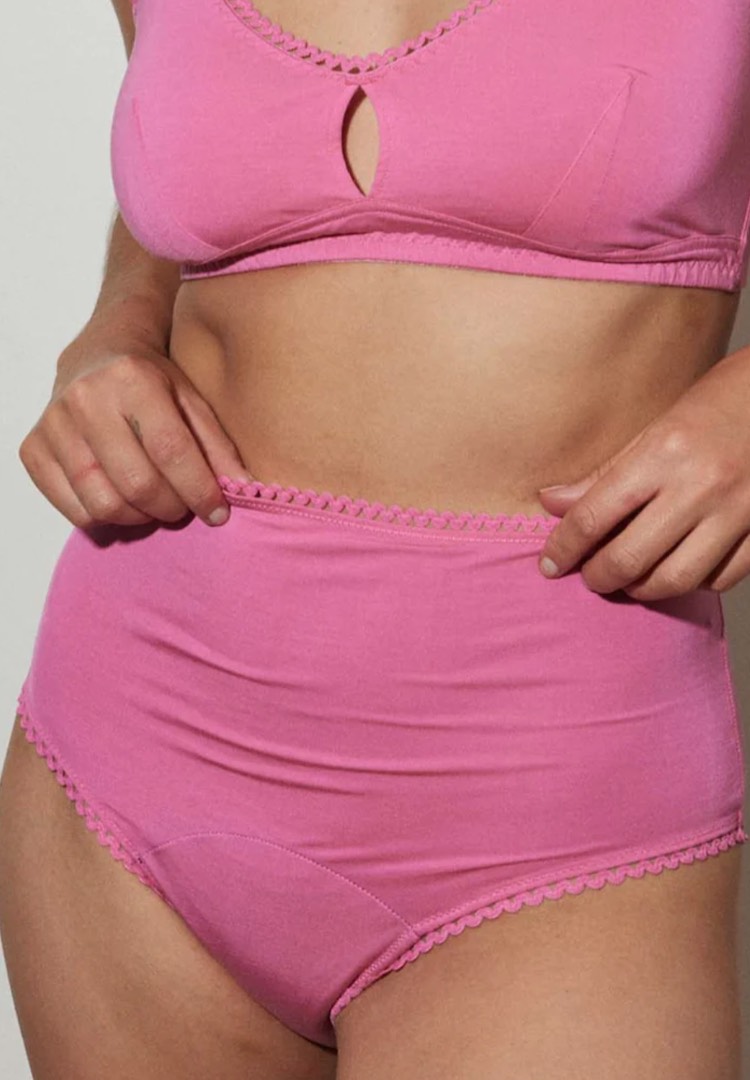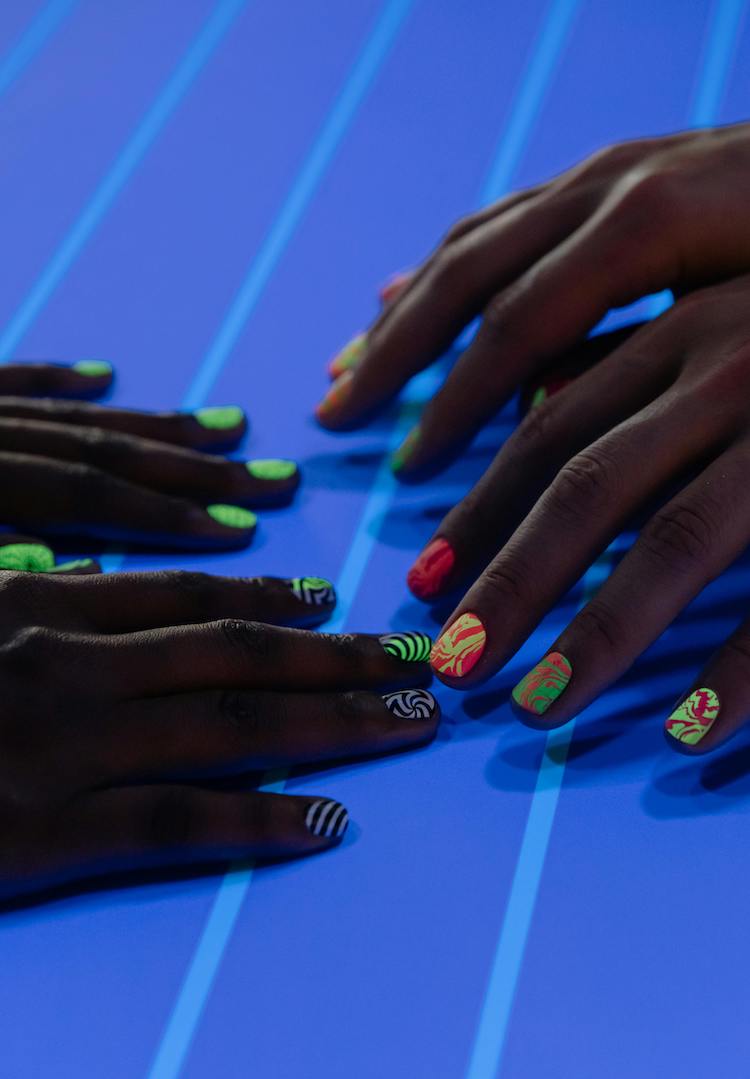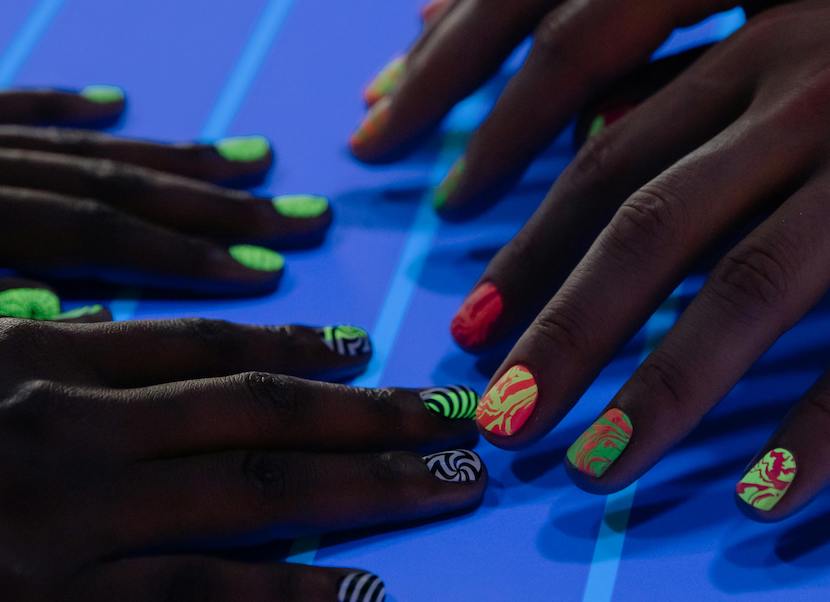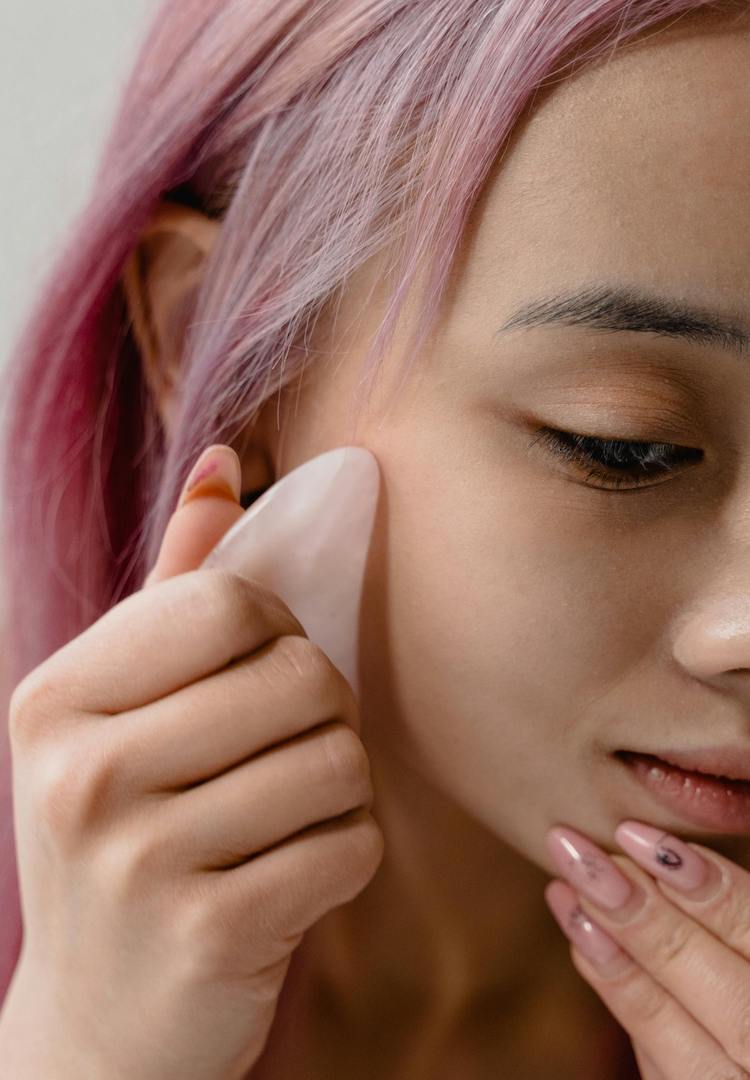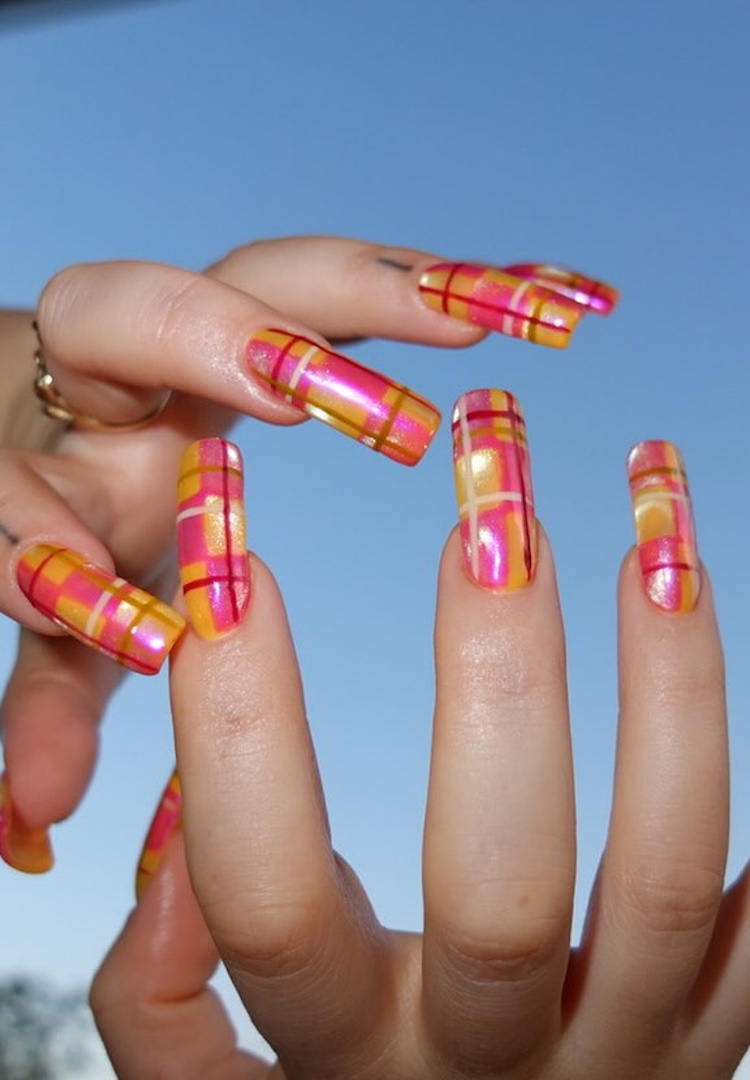Why can’t I stop picking at my fingernails? A psychologist weighs in
WORDS BY JESS BAHR
A psychologist weighs in on how to stop this addictive habit.
When I look down at my hands (or more specifically, my fingernails) it’s not exactly a pretty sight. I’m not sure when it started, but sometime in the last few years, I developed a compulsive and painful tendency to pick at my nails, cuticles, and the skin around the tops of my fingers.
Sometimes I catch myself doing it purely out of boredom, but more often than not, it’s something I subconsciously turn to if I’m struggling with work, arguing with somebody, or running late.
Kickstart your wellness journey over at our Health section.
Other times, it starts with a hangnail or some uneven skin which I simply need to fix. Of course, this leads to over-correction, making it worse, and sometimes causing blood and scarring.
It’s a deeply unpleasant habit, but no matter how hard I try, I’ve never managed to stop for more than a few days. In my latest effort to change my behaviour, I decided to take things up a notch and do some research to try and understand exactly why I do this.
Since I’m guessing (and hoping) I’m not the only person struggling with this, I thought I’d share what I’ve found out and the steps that are helping me along the way.
So, why do I feel the urge to pick at my skin and nails?
According to counselling psychologist Emma Clarris, this behaviour is commonly associated with stress, anxiety, or obsessive-compulsive disorder (OCD). “Often, (patients) come in for those things, and this is something they’re doing as well. They’re all related to anxiety, and people manifest it in different ways,” she says.
“It’s a normal thing that we do from time to time, but in situations of stress or anxiety becomes exacerbated. So if somebody is more prone to anxiety generally, they will be more prone to these sorts of behaviours. You’ll see it less in people who just stress less. Sometimes people might not even be aware of how stressed and anxious they are; it’s a good indicator that something is going on,” she continues.
Is it common?
For most of us, while these tendencies are unpleasant and often embarrassing, they don’t generally interfere too much with our day-to-day lives. For others, however, it can be clinical excoriation disorder or onychotillomania, which refer to skin and nail picking respectively, and are more severe.
Some people also suffer from trichotillomania, which refers to compulsively pulling out one’s own hair. “Most people occasionally pick at a sore or bite their nails, but to tip into the clinical domain is relatively rare,” she tells me.
“Clinical means it’s really interfering with life and causing distress and interruption… it’s not something that comes up commonly. There is a lot of shame around it… if a psychologist isn’t specifically asking, the client doesn’t always disclose it, it’s something they’ve learned to cover up.”
What can we do to change our behaviour?
For those of us struggling with these tendencies, the good news is there are steps we can take to improve. As the physical urge is connected to what’s going on in the mind, Emma says the first (and most important) thing is to deal with any underlying stress or anxiety for the best long-term outcome.
“The other side is symptom relief, that’s when you’d use cognitive behavioural therapy (CBT) to deal with the habitual ways of coping. There are little tips like putting band-aids over fingernails so you can’t scratch or pick, which is also a habit reminder to do something different,” she explains.
“Another thing is stress balls, just to give your fingers something to do, plus things like regular exercise, going for a walk, anything that distracts you. Mindfulness is really great, as is yoga… anything that deals with stress and anxiety.”
What do I do if I think I have a clinical issue?
If your tendencies are on the more serious side and are having a real impact on your life, painting your nails or putting band-aids on your fingers might not be so helpful. If that’s the case, it might be time to speak to GP and psychologist.
Emma also advises even those who suffer mildly to speak about it. “It is really helpful to talk through any sort of anxiety or worries or stresses; it’s part of healthcare and preventative health, and it’s often better to do it early.
“Many people have anxiety or unhealthy stress and have no idea because they’ve lived like that their whole life and think it’s normal to feel that way.”
Am I getting better?
I’ll be honest; in my own journey to try and change my behaviour, I have yet to completely deal with the underlying stress or anxiety. That will undoubtedly take some time.
When it comes to the little tricks, however, they are surprisingly effective. In addition to the tips from Emma, I have found a surprisingly effective hack: painting my nails.
I can’t quite articulate why, but something about having my nails covered is making me significantly less inclined to pick at them. It might not make sense, but it seems to be helping to train my brain and simultaneously makes my nails look marginally better. And to me, that’s definitely a step in the right direction.
This article was originally published on March 24, 2021.
For more advice on skin picking, try this.

